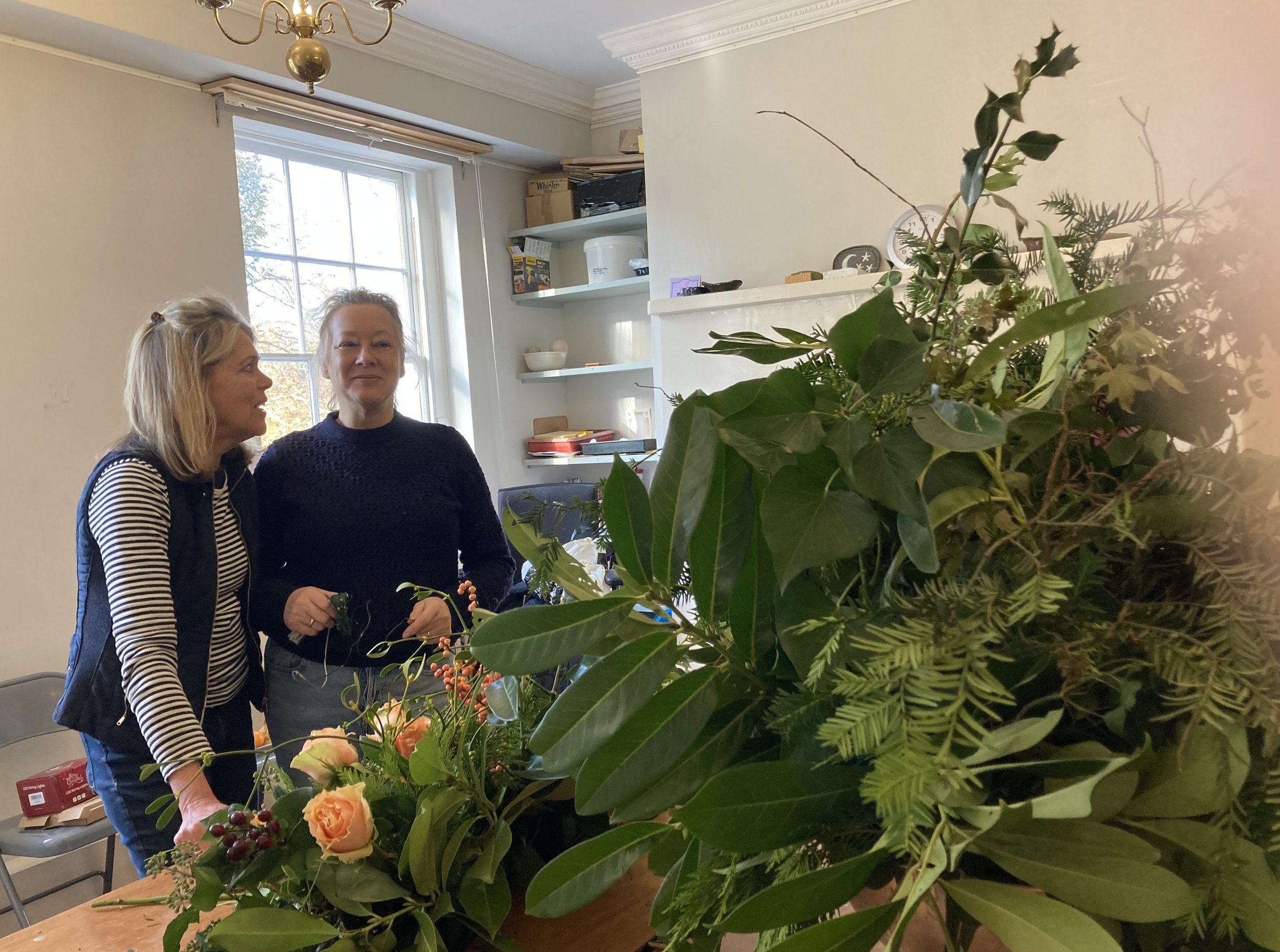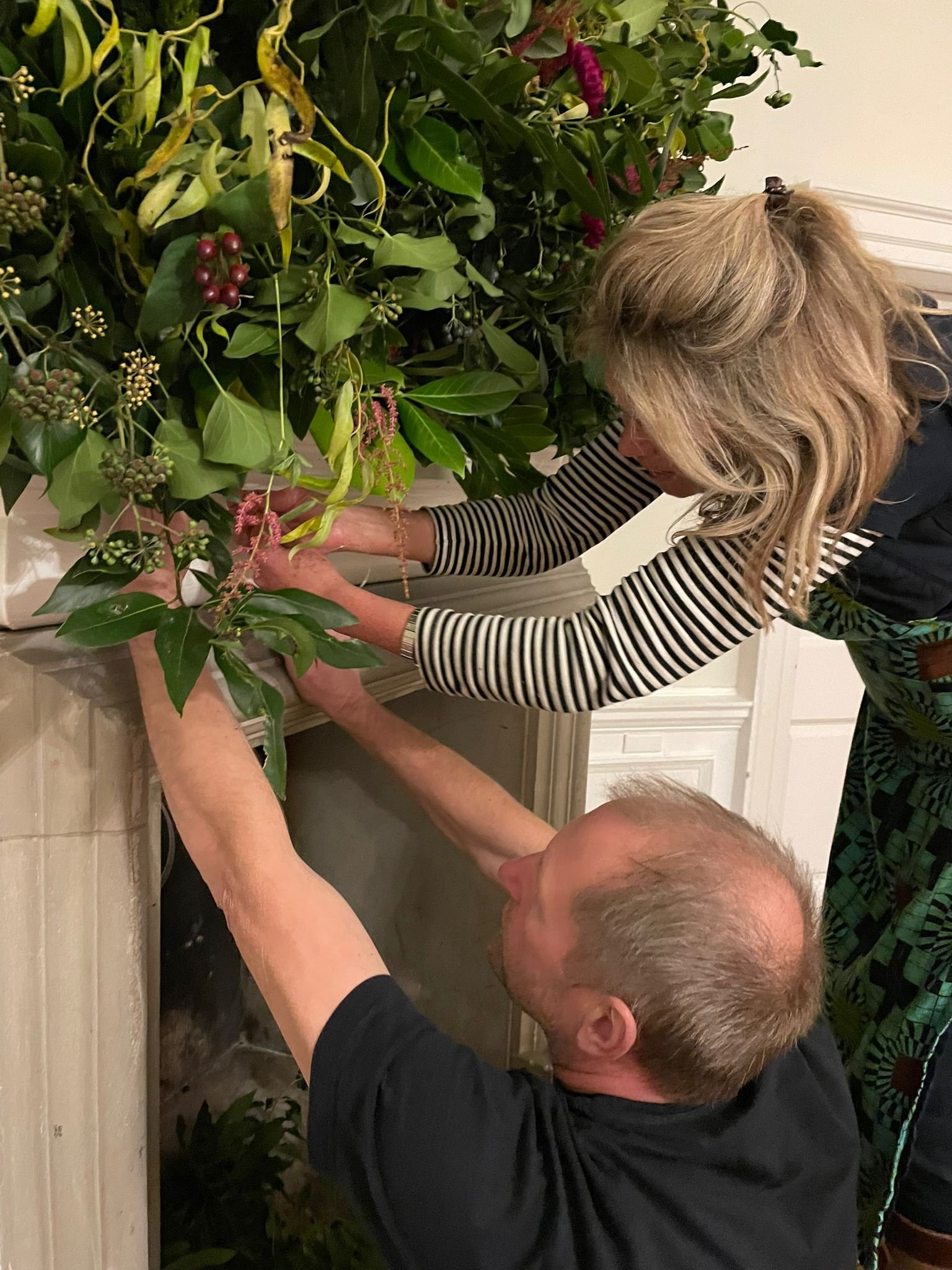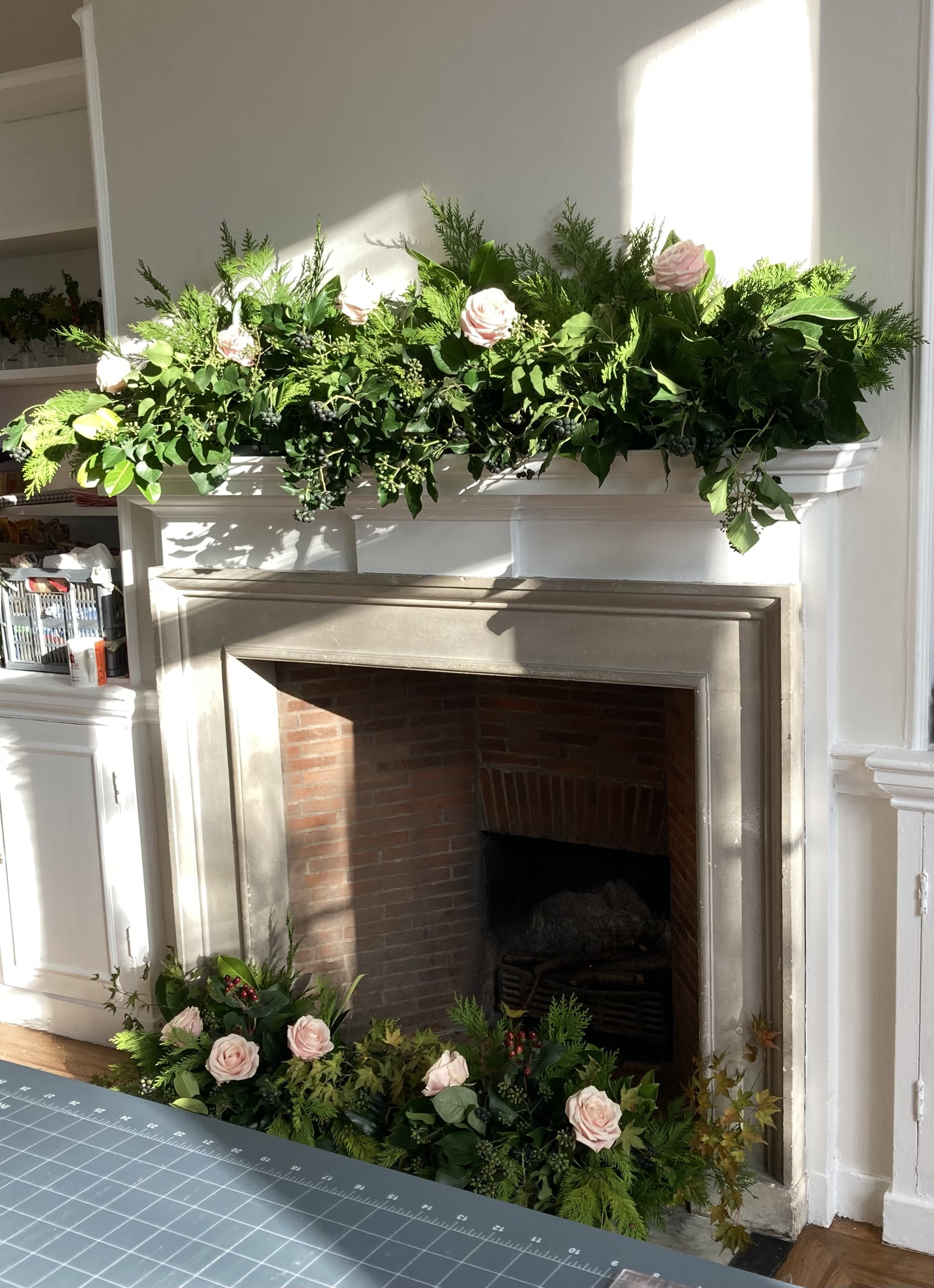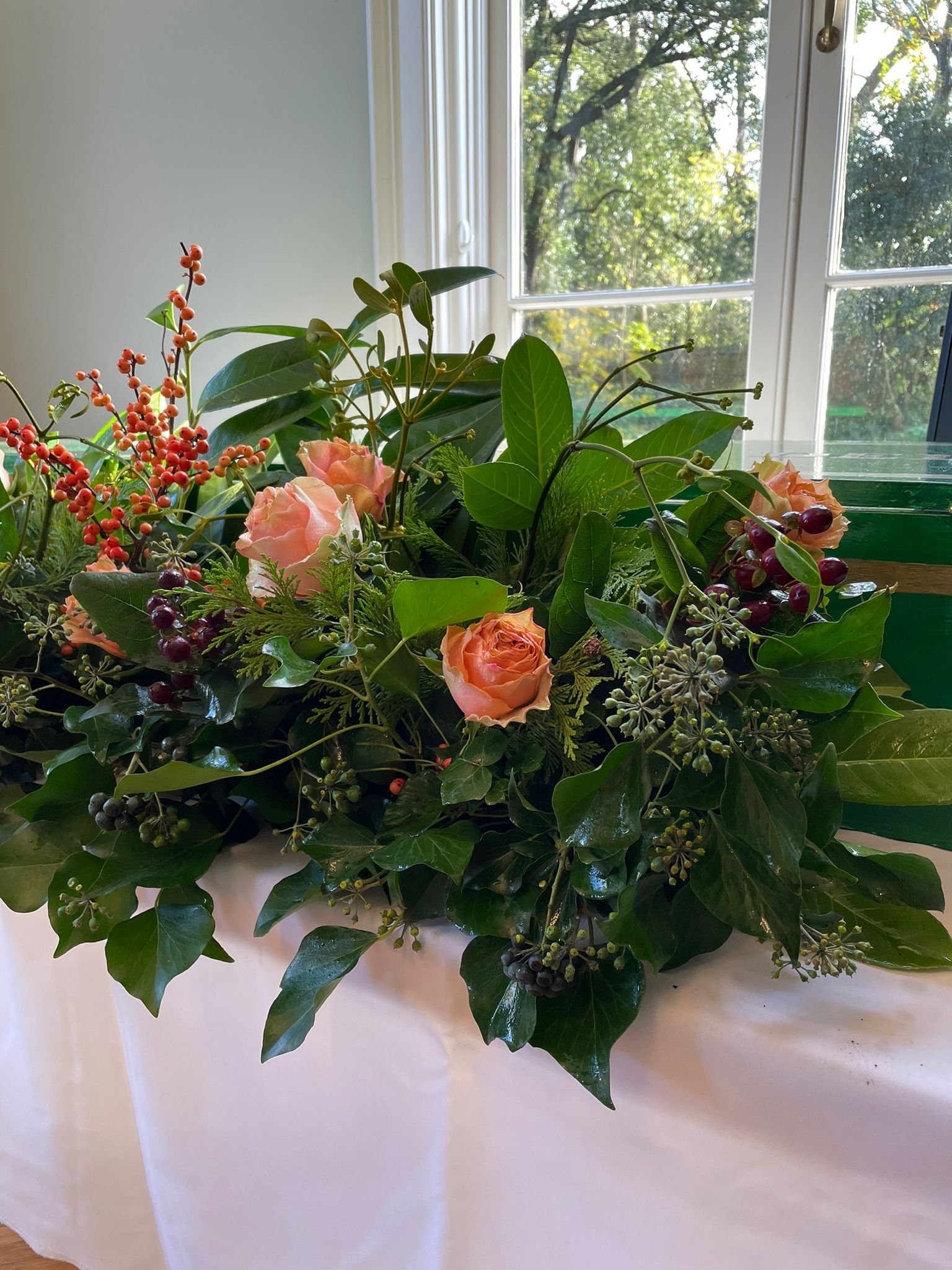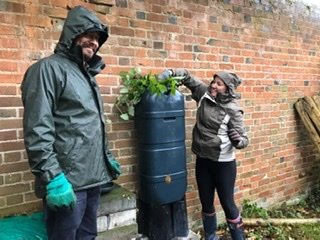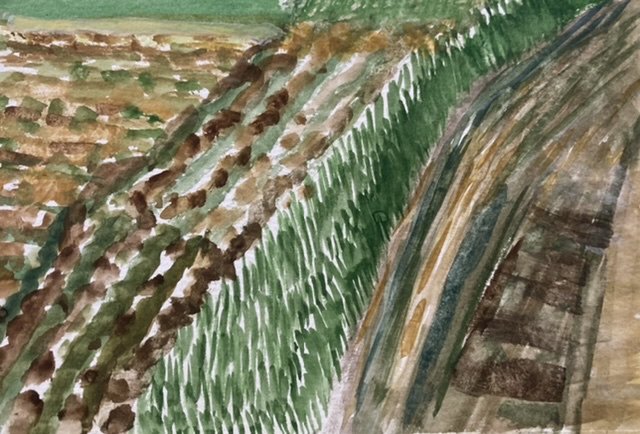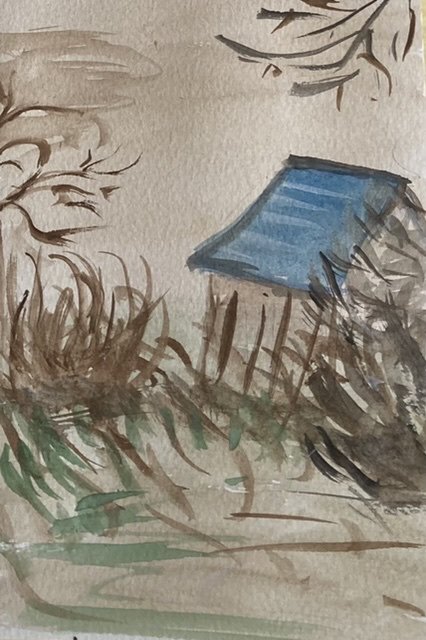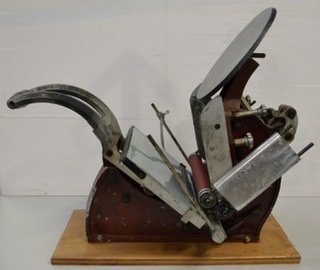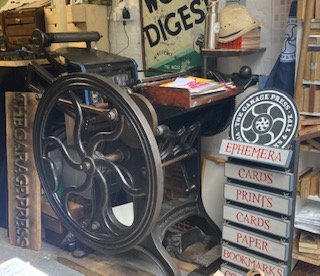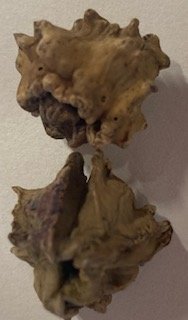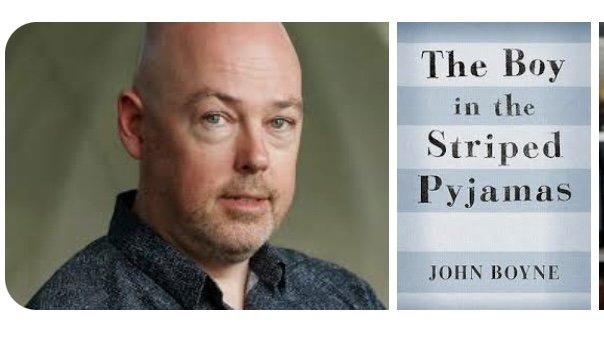This year the decorations are bigger and better than previous years in readiness for the the Christmas play.
Four Magical Scenes from the Bell House’s long and fascinating history will be told in promenade throughout the house and is being performed Friday 2nd, Saturday 3rd (Gala evening) and two performances on Sunday 4th December.
Our wonderful volunteer florists, Dawn and Janie have created stunning displays to reflect the character of the rooms and the period of the scenes being performed. Apart from the twinkly lights and a few baubles on the tree, they’ve only used sustainable and natural materials.
Bell House is grateful again to Dulwich Park and their head gardener Michael, who supplied a bountiful quantity of seasonal foliage, without which all this would not be possible. And as always, the Bell House garden was scavenged and there was an early morning visit to Covent Garden market for the final touches.


